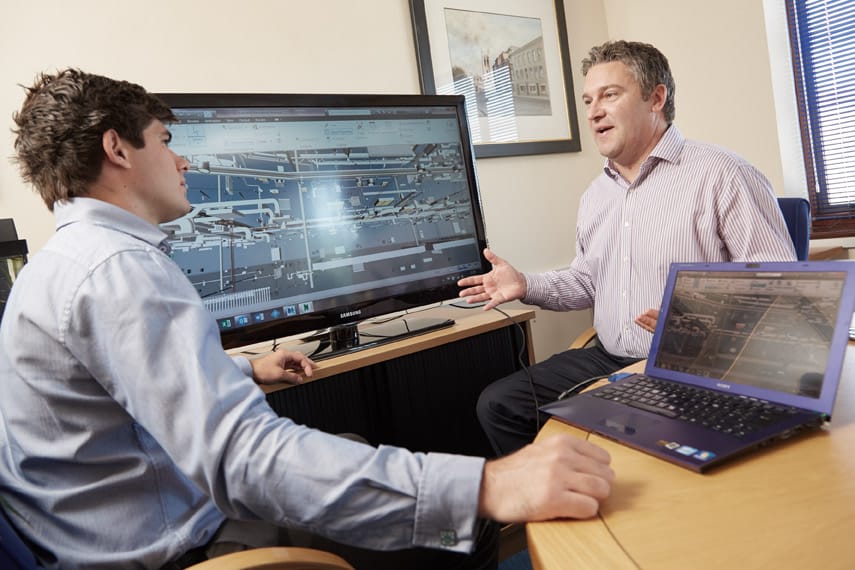Anna Etherington-Smith, Head of Project Management, has written a piece for Project, the Association of Project Management’s quarterly magazine, looking at the importance of uniting a project team around common goals for the benefit of the client.
You can read an extract of her thoughts below (originally printed in APM Journal Magazine, September 2018).

Truly collaborative project teams in construction are achievable – if you adhere to common goals
Too often in the construction industry, all-important client outcomes get lost in a sea of contractual wrangling that can be conflict-ridden, swallowed by complex jargon, or disregarded due to the worryingly common approach of ‘well, it’s always been done this way’.
Construction projects are inherently unpredictable and so it is essential that when risks begin to manifest themselves the team can work together rather than in opposition. It is not uncommon to work on projects where a fundamental lack of openness between the contractor, design team and client has led to conflict, delay and additional costs – which ultimately fall to the client.
For this to change, it is essential that all members of a project team work together to deliver projects that satisfy clients by understanding their expectations – and keeping these expectations at the heart of the project for its duration. Project managers should work to establish client outcomes at the start of the project and ensure the project team is aligned to them. Sometimes it is necessary to take half a step back before leaping into a project; while this can seem time-consuming, it is worth the effort. Investing time in understanding what your client wants from the project will prove invaluable, not least when an unexpected challenge appears and the team really need to be united behind a clear goal.
Never assume technical knowledge. Clients come in all shapes and sizes: some will be experienced in delivering capital developments for their organisations, while others will be working on a one-off project and have a strong reliance on their expert consultants to keep the project on track and deliver the exceptional building they require. The construction industry is awash with technical jargon which can sometimes baffle even those who have years of experience in building contracts, and know their BIM from their BREEAM.
Project managers should work to establish client outcomes at the start of the project and ensure the project team is aligned to them.
Good communication is key. It is always better to over-communicate and risk making one unnecessary phone call to clarify a decision than make assumptions that could lead to misunderstanding – or worse. Invest time in building relationships and implementing good communication practices at the outset; this will help a new team to develop and build a culture of disclosure, openness and clarity.
Clear governance is vital. Implementing a clear structure of project governance is an essential tool to retain focus on the outcomes and to guide the project through changes.
Regularly review client expectations via direct feedback. One way to ensure satisfied clients is to listen to what they are saying to the project team, and to act on their words. A happy client is one who feels they have been listened to throughout a project and that their anticipated outcomes have been met. For this to be the case, it is important that the project team first understand the client’s vision and then work together to deliver the outcomes.
With an agreement to work towards a common goal, to listen and respond to feedback, manage ongoing risks and to be open-minded about changing the way we behave, a truly collaborative project team that works with satisfied clients in construction can become a reality
The full article is available in the Autumn 2018 edition of the APM’s Project Magazine.

